Accordingly, from July 1, 2026, the city will implement a low-emission zone, piloting it in some areas within Ring Road 1, including 9 wards: Hai Ba Trung, Cua Nam, Hoan Kiem, O Cho Dua, Van Mieu - Quoc Tu Giam, Ba Dinh, Giang Vo, Ngoc Ha, Tay Ho, aiming to reduce traffic congestion and improve the quality of the urban environment. This is considered a strong step of the capital in the roadmap to implement the commitment to reduce greenhouse gas emissions, while creating a premise for the development of green transport. However, immediately after the information was announced, public opinion appeared with mixed opinions, reflecting great expectations but also clearly stating concerns about feasibility, the level of impact on people's lives and production and business activities.
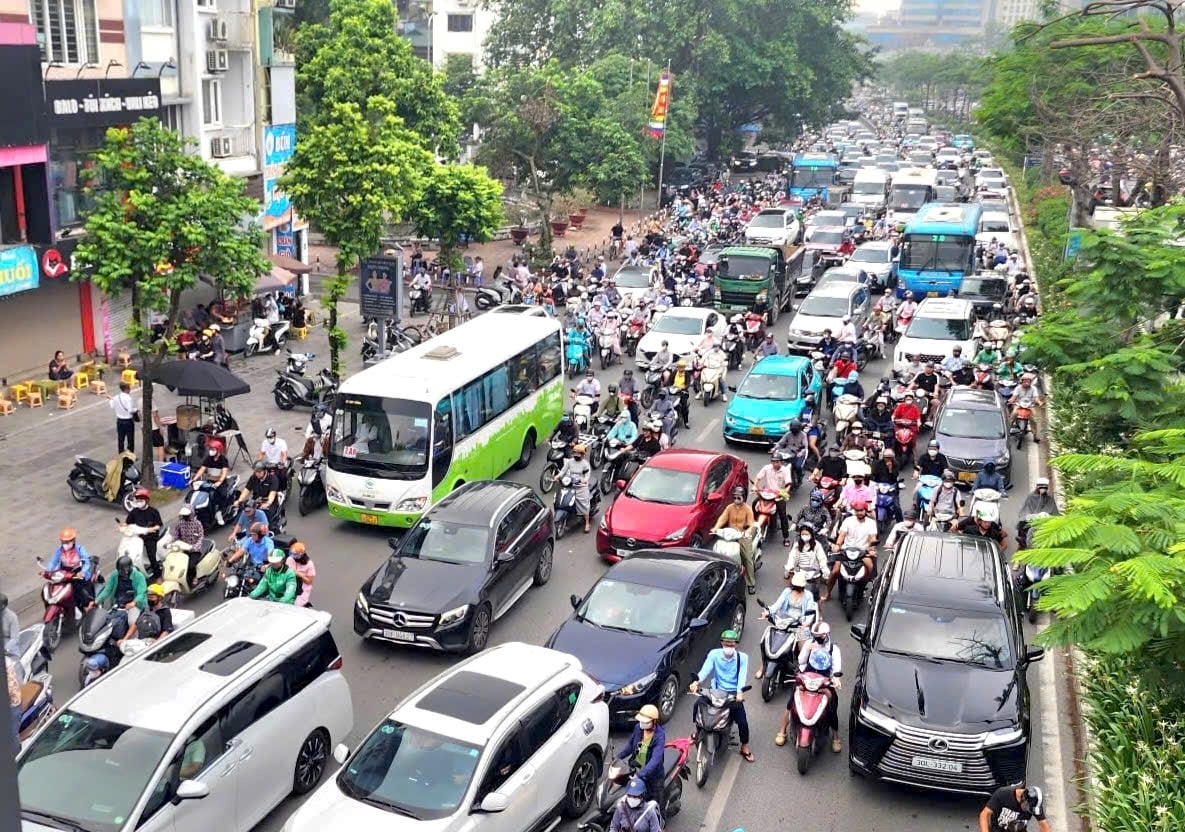
People agree with the goal, but are concerned about the implementation.
According to the report of Hanoi People's Committee, Ring Road 1 is currently the place with the highest population density, administrative agencies and services in the capital. In recent years, traffic congestion in this area has been complicated, especially during rush hours in the morning and afternoon. Environmental studies have also shown that emissions from motor vehicles, mainly motorbikes and cars using gasoline and diesel engines, increase the total amount of emissions causing urban air pollution.
The City People's Council's approval of a resolution to limit gasoline vehicles by the hour is considered a breakthrough solution, creating a premise for synchronous implementation of green transport policies in the following years. A representative of the Hanoi Department of Transport said that this policy will be implemented step by step, while assessing technical conditions, infrastructure, travel needs and the ability of the public transport system to meet them.
Immediately after the resolution was passed, many residents in the central area expressed their agreement with the policy of protecting the environment and reducing traffic congestion. Mr. Le Ngoc Anh (Hai Ba Trung Ward) said that if the city had measures to support the conversion to electric vehicles at a reasonable cost, people could adapt.
However, many opinions are still concerned about the difference between policy and reality. Ms. Do Thi Thanh (Giang Vo ward) shared: "Gasoline motorbikes are still the main means of transportation for the majority of people, especially for families with average and low incomes. If we limit them by the hour, I'm afraid that I won't be able to take my children to school and work on time, especially when public transport is not really convenient. We support the policy but hope to have a clear roadmap that won't cause too much disruption," Ms. Thanh said.
Some small traders and businesses in the Ring Road 1 area also expressed concern that the new regulations could increase the cost of transporting goods, thereby affecting business activities. Mr. Le Huu Tung, owner of a grocery store on Han Thuyen Street (Hai Ba Trung Ward) said: "If gasoline vehicles are restricted during rush hours, our import of goods may be delayed, leading to difficulties in supply. What we want most is for the authorities at all levels to provide specific instructions so that businesses and businesses can proactively adapt."
The resolution of the Hanoi People’s Council is similar because the trend of switching to zero-emission vehicles is being applied by many countries. However, they also emphasized that Hanoi needs to prepare carefully to avoid risks of social disruption.
In addition to the subjects directly affected by this policy change, which are the people of the Capital living inside the Ring Road 1 area, there is also a large number of traffic participants from surrounding localities going to and passing through this central urban core area because Hanoi is always the "heart of the whole country". Traffic solutions for this group of subjects also need to be publicly and synchronously announced by Hanoi's policy makers soon.
Need to synchronize solutions, avoid putting too much pressure on people
Mr. Khuong Kim Tao, an urban transport expert, said: To effectively limit gasoline vehicles, the public transport system must be improved first. This includes increasing the frequency of bus operations, rearranging transfer points, upgrading walking infrastructure and connecting vehicles. “People are willing to switch when they see a convenient, economical and stable alternative. If public transport does not meet the demand, the policy may encounter many reactions in the first stage,” Mr. Tao emphasized.
From an environmental perspective, Associate Professor, Dr. Hoang Anh Le, Faculty of Environment, University of Natural Sciences , Vietnam National University, Hanoi said: “I highly appreciate and fully support the spirit of this Resolution. This is a bold, necessary and strategic step for Hanoi, towards a green, sustainable and civilized city. In reality, Hanoi is facing increasingly serious pollution levels, especially in the winter months. Limiting gasoline and diesel vehicles from entering Ring Road 1 according to the time frame is a step in the right direction. However, the city needs to go along with other solutions such as increasing green areas, soft traffic, building synchronous infrastructure for electric vehicles, adjusting the routes of the public transport system, controlling construction activities, monitoring industrial emissions inside and outside the Ring Road 1 area and promoting communication to change behavior”.
Some legal experts also noted that the management agency needs to have transparent regulations on the applicable time frame, forms of propaganda, handling of violations and mechanisms to support people in switching vehicles. Policy impact assessments need to be conducted regularly to make timely adjustments.
As planned, the regulation restricting vehicles using gasoline and diesel fuel in the Ring Road 1 area will be applied gradually, firstly during certain time frames in the morning and afternoon. Hanoi City will organize traffic flow remotely, guide alternative routes and increase information to the people.
Many experts recommend that this roadmap needs to ensure flexibility. Pilot implementation in stages, for example within the scope of some key routes before expanding the entire Ring Road 1, will help management agencies learn from experience and limit negative impacts.
At the same time, the city needs to have policies to support people, including: Financial incentives when buying electric vehicles; arranging more fast charging points in parking lots and residential areas; preferential loan support for people who need to switch vehicles; support transport businesses and business households in the process of changing delivery vehicles.
In addition, electric vehicle manufacturing and distribution businesses also need to have commitments on product quality, battery durability and reasonable maintenance costs to create trust for consumers.
On the internet, the topic of limiting gasoline and diesel vehicles by the hour in the first ring road quickly attracted great attention. Many opinions said that this is an inevitable trend, in line with the goal of sustainable urban development. However, thousands of comments also suggested that the city needs to be careful not to put pressure on freelance workers, shippers, students and middle-income families.
In general, public opinion is in a state of "both supporting and waiting", expecting that the resolution will bring about positive changes if it is implemented in the right direction, transparently and ensures people's rights.
The Resolution of the Hanoi People's Council on restricting vehicles using gasoline and diesel engines to circulate within the Ring Road 1 area according to the time frame is an important step in the roadmap towards a green, clean and modern urban area. However, for the policy to truly come into life, the city needs to synchronously deploy solutions on infrastructure, alternative vehicles, support mechanisms, as well as maintain regular dialogue with people and businesses. Only by creating social consensus can Hanoi reduce traffic congestion, improve air quality and gradually realize the goal of sustainable development in the coming years.
Source: https://baotintuc.vn/xa-hoi/y-kien-nguoi-dan-chuyen-gia-xung-quanh-han-che-xe-xang-trong-vanh-dai-1-ha-noi-theo-gio-20251128202251417.htm








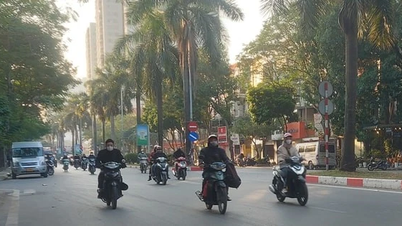

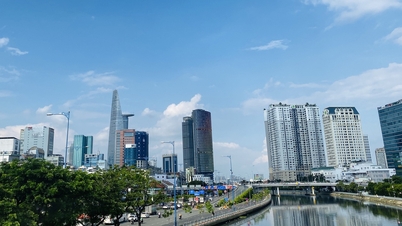







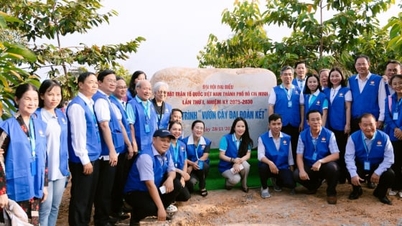


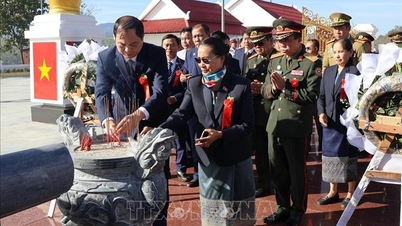

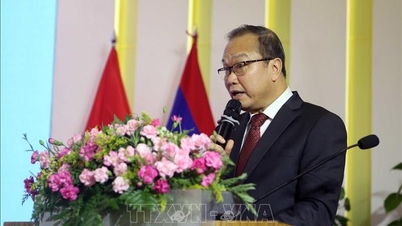
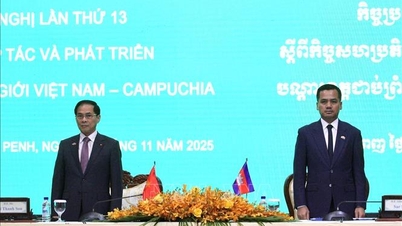




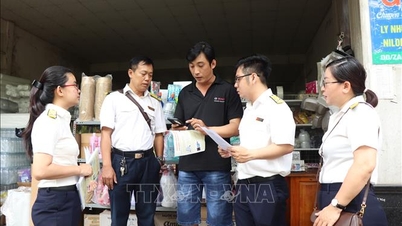
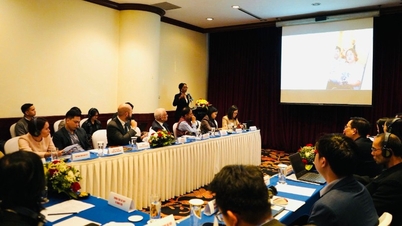

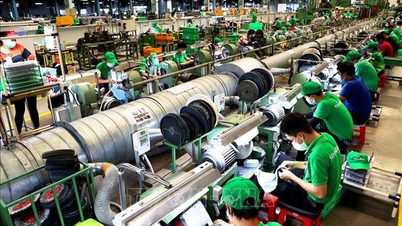











































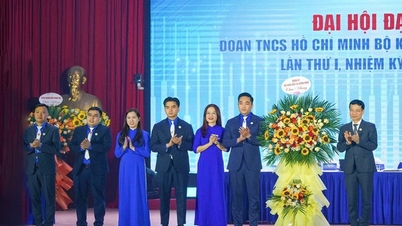




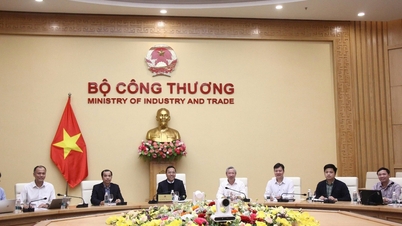






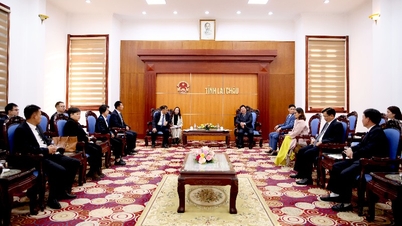

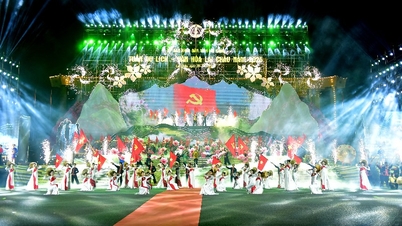


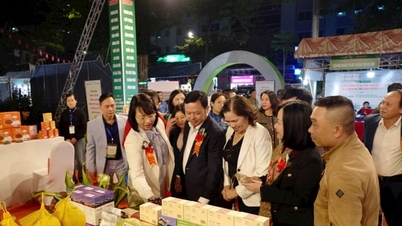
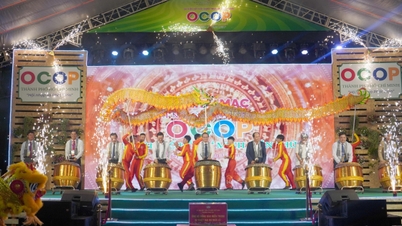











Comment (0)